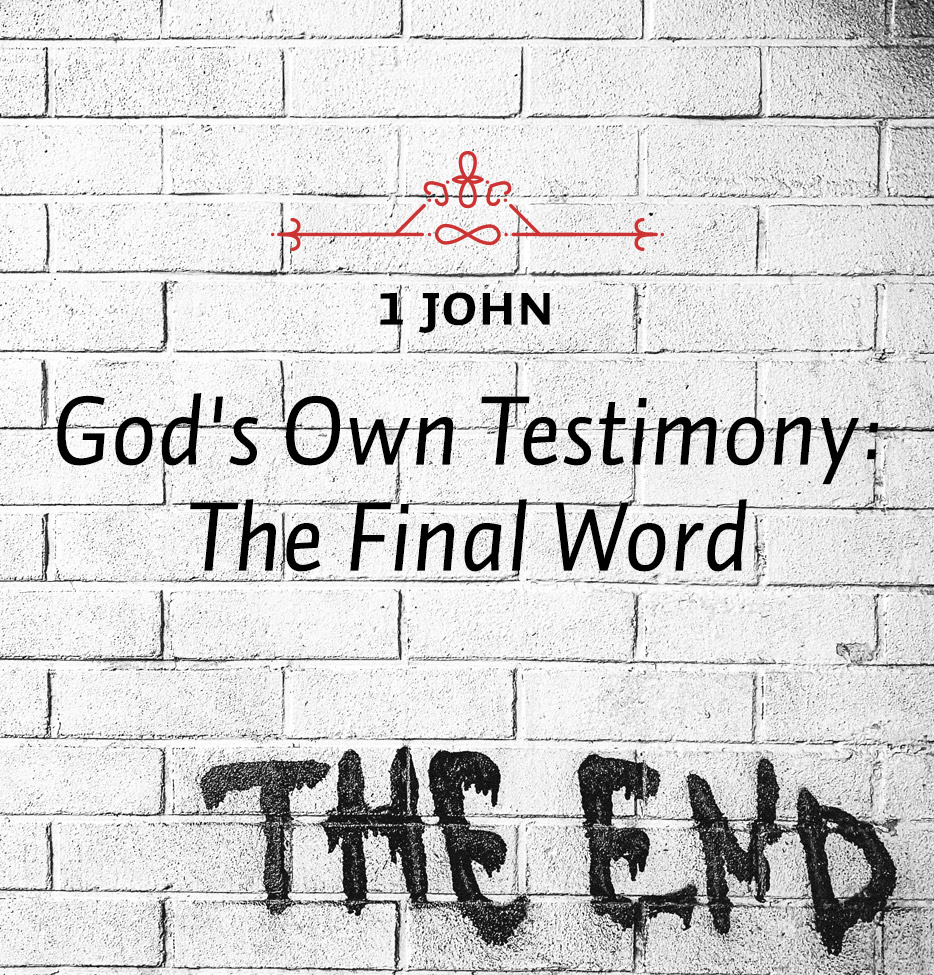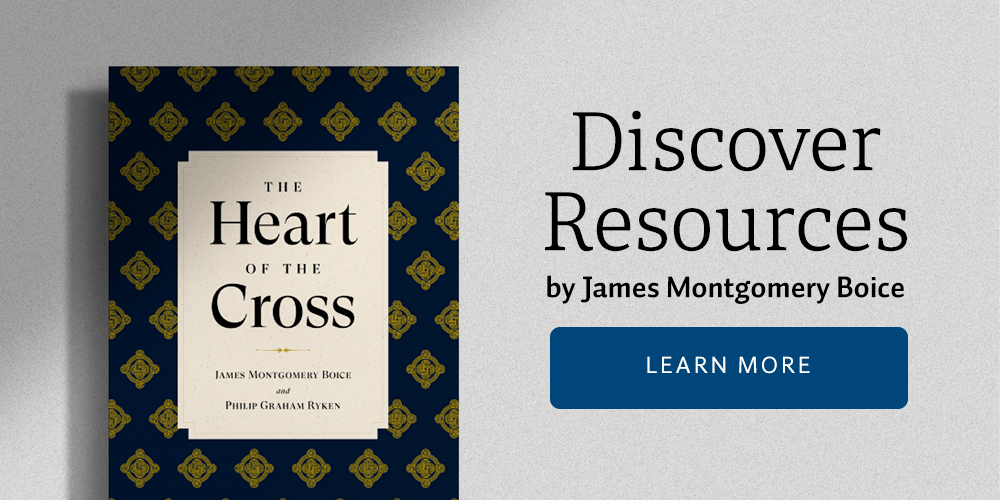In yesterday’s study, we looked at the first interpretation of the expression “water and blood” as a reference to that which flowed from Christ’s side at His crucifixion. We noted a couple of important similarities.
Unfortunately, the similarities are not as great under examination as they seem to be on the surface. For example, in regard to the matter of testimony, in the Gospel John is the witness to the blood and water, while in the letter it is the water and blood which are themselves the testimony. Similarly, in the letter John says that Jesus came through water and blood, while in the Gospel these come from Him. Indeed, even the order of the two words is different—blood and water versus water and blood—though this may not be of any great significance. The problem seems to be that the more the passages are studied the less the similarities appear and the less light the one passage throws on the other.
2. The second major approach to 1 John 5:6-8 is that of the Reformers, as well as of some moderns. It is to take the two key words, “water” and “blood,” as referring to the two sacraments. Calvin pursues this line of thought in some detail, linking the two elements not only to the two Christian sacraments of baptism and the Lord’s Supper but also to the procedures of purification and sacrifice which existed under the Old Testament system. The difficulty with this view is that the symbols are not entirely appropriate; for while water obviously may signify baptism, blood does not signify the Lord’s Supper. Rather, it is itself one (and even then only one) of the elements.
3. The third and probably the most satisfactory solution is to take “water” as a reference to the baptism of Jesus and the word “blood” as a reference to His death. It is true, as Stott acknowledges, that “water” and “blood” remain “strange and surprising word symbols” for these events.1 But just because they are strange to us does not mean that they were necessarily strange to John’s readers. Indeed, from his use of them it appears that they were not.
If this is the meaning of these words, then two circumstances arising out of the context support it. First, John is obviously stressing the historical groundings of the faith in this passage. And if that is so, then an emphasis upon the earthly ministry of Christ bounded on one side by His baptism and on the other by His death is understandable. Moreover, at each of these events God intervened in a miraculous way to bear a testimony to him: by a voice at the baptism (“This is my beloved Son, in whom I am well pleased,” Matt. 3:17), and by various miracles at the time of the crucifixion. The second supporting circumstance is that throughout the letter John has been opposing the Gnostics who, significantly enough, are known to have taught that the historical Jesus was not the Christ but rather only a man on whom the Christ descended at the baptism but who was deserted by Him before His crucifixion. If this is the view, then John would be emphasizing that there is only one Jesus, the Christ who was then present on earth not only in and through the baptism but in and through the crucifixion as well.
1John R. W. Stott, The Epistles of John (Grand Rapids, MI: Eerdmans, 1964), 178.






